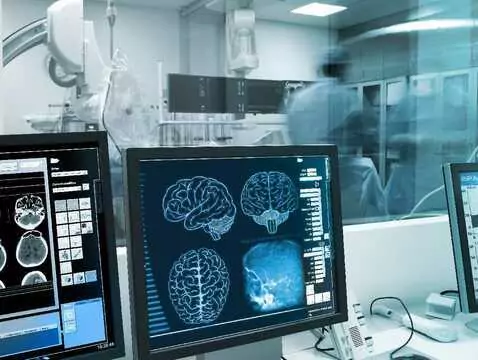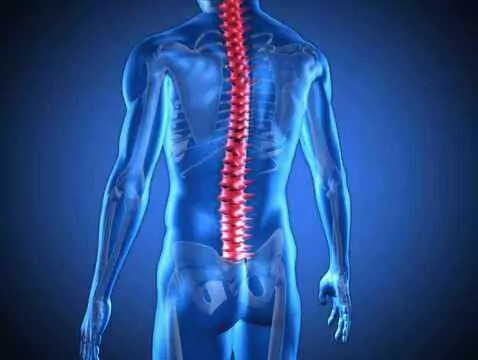Neurological disorders usually arise from ongoing pathological processes within the nervous tissue, but sometimes they have another basis which is internal organ dysfunction.
Myoclonus is also observed in the course of acute drug complications, usually during the use of antiepileptic drugs, anaesthetics and some antibiotics.
Dementia syndrome
In most cases, primary dementias result from degenerative diseases of the nervous system or other neurological conditions and are incurable, whereas in secondary dementias, restoration of systemic balance can lead to resolution of symptoms.
Most commonly, secondary dementia syndromes are accompanied by:
- chronic hypoglycaemia, hypo- or hypercalcaemia;
- uremic or hepatic encephalopathy;
- vitamin deficiencies;
- hypothyroidism;
- coeliac disease;
- HIV;
- alcohol or heroin use.
Tremors
Tremor often accompanies internal organ failure, endocrinopathies and electrolyte disturbances. Characteristic postural and resting tremor in the upper limbs is present in liver failure, respiratory encephalopathy and hyprecalcaemia. Increased physiological tremor is present in adrenal hyperfunction.

photo ojoimages
Tremor is one of the first symptoms of hypoglycaemia, and may co-occur with decreased magnesium, calcium and sodium levels. Tremor can also be a side effect of certain pharmaceuticals, and is exacerbated by the use of thyroid hormones, immunosuppressants and tricyclic antidepressants.
Dyskinesias
Involuntary movements such as twisting and bending and choreic movements are a common symptom of neurological disorders as well as matabolic disorders, infections and autoimmune diseases.
Dyskinesias may accompany inflammatory diseases of the respiratory tract or central nervous system, particularly if caused by strep throat, herpes virus or chickenpox. In contrast, among diseases with an autoimmune basis, systemic lupus is a condition in which dyskinesias occur very frequently and are mainly of a hemiplegic or generalised nature, and the involuntary movements may precede the other symptoms characteristic of lupus.
Generalised or hemiplegia may also coexist in hyperglycaemia and hyperthyroidism. The movements are mainly confined to the hands, but may also involve the face and neck. Relatively rarely, dyskinesias are present in electrolyte disturbances.









